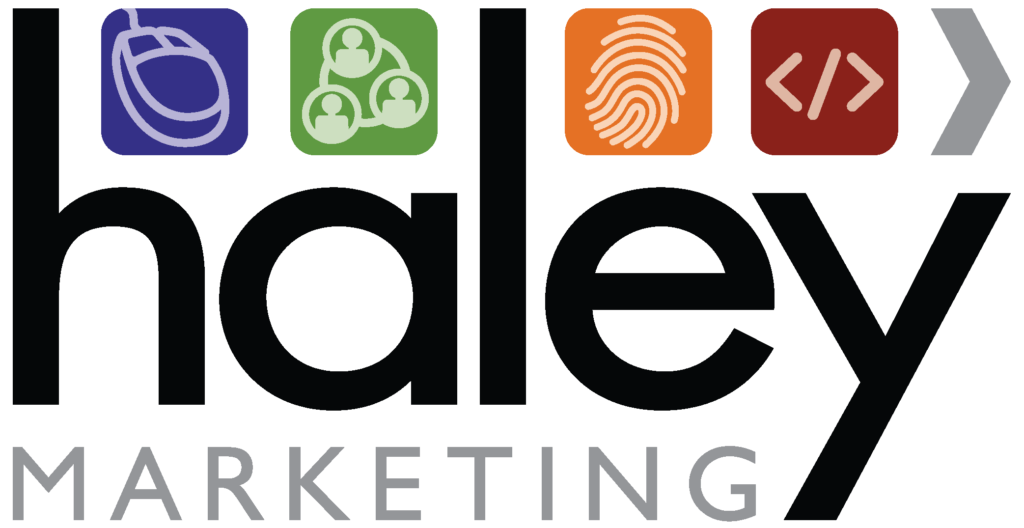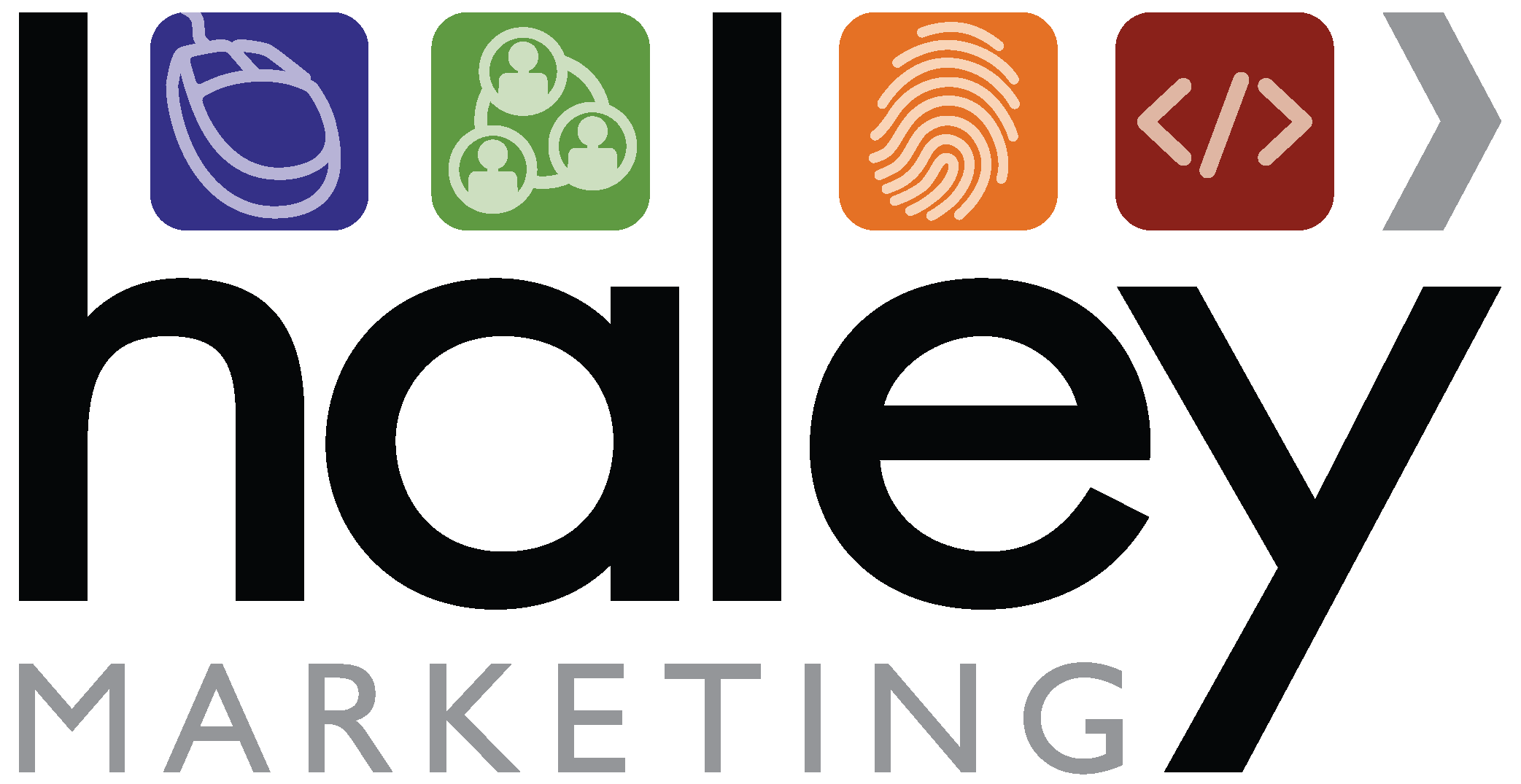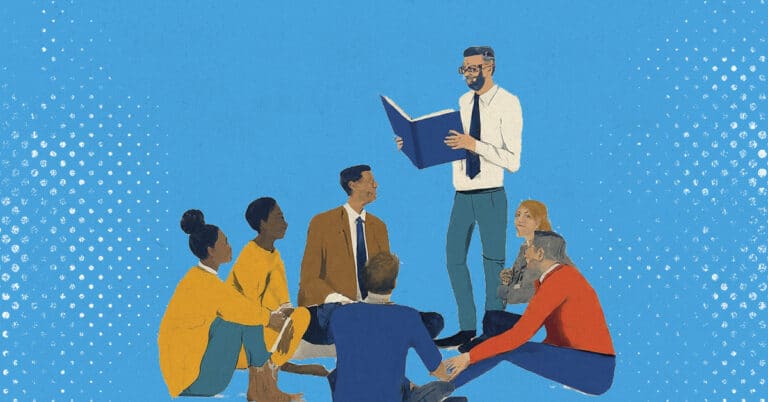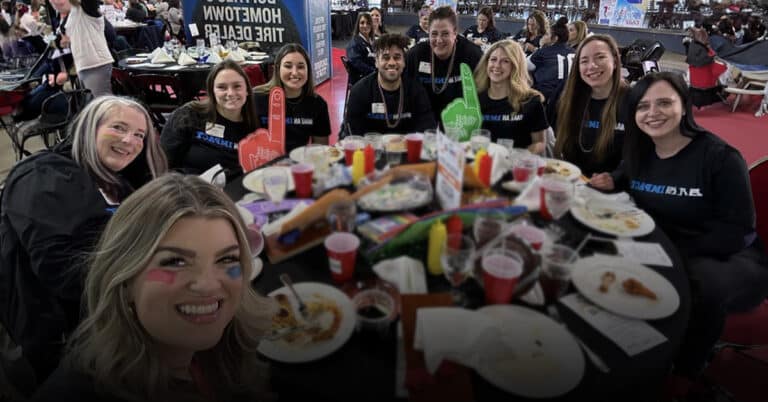Brad Bialy: A recent topic on ASA Central caught our attention, and we wanted to chat about it on this week’s episode of Insights. How can staffing professionals mitigate the no call no show? How can we work more closely with candidates to make sure that they actually show up on day one of an assignment? Matt, I’m going to pass it to you for your thoughts here.
Matt Lozar: I think it goes back to a theme we’ve been promoting on the Insights podcast, and it’s the part I want to go with here, there’s another part of it, too, is really being human and having some one-to-one interaction with people. The challenge with that that I want to loop back in here is, how can we really automate that or make that process as seamless as possible?
Brad Bialy: We’ve said multiple times, you need to put the social back in social media, putting the human back in the whole process. When it comes to on-boarding a candidate, I think it is absolutely critical to nurture them through the process to the point where they are so comfortable with you that it would almost be like letting you down if they did not show up on day one, making sure that you understand who they are, making sure you understand why they want this opportunity or why they’re accepting this opportunity, coaching them through how great of an opportunity it is because, candidly, there’s probably a job that they could take where they’ll make 50 cents to a dollar more in your local market right now. So, why should they stick with you instead of going somewhere else and making maybe another, what, $40 a week? We need to nurture them through that entire process so that when they do want to show up on day one, when day one comes, and they wake up at 5:30 in the morning, they’re excited to get to work. It’s not just another job, but it’s excitement.
Matt Lozar: The perfect example… Actually, Brad set… You set me up perfectly here, was…
Brad Bialy: You’re welcome.
Matt Lozar: … I was listening to the Chad and Cheese podcast. Shout-out, Chad and Cheese. They were at the SHRM Talent Conference, and they were talking to Johnny Campbell from Social Talent. He’s their Chief Sourcing Ninja.
Brad Bialy: Ooh, I like that.
Matt Lozar: Anyway, Johnny Campbell was… he was talking about how 98% of sourcing should be automated, but one of the examples he walked in this podcast interview was a company… Let’s say the job candidate comes in and signs up to get an interview. Maybe they’re coming in 10 days. During those 10 days, they had a process through almost like a burner phone to keep texting or even automate the texting, so you created that connection with the job candidate. It could be to confirm directions, and it could be the correct information. Maybe it’s even, “Hey, your interview is at noon or one o’clock,” wanted it at a different time. The recipient could be like, “No, my interview is actually at this time.” It’s to make sure they’re bought in, to really have that human connection so you’re starting that on-boarding process really strongly in the beginning so they have that relationship, so they’re not just leaving for another assignment when a shinier object comes by.
Brad Bialy: You know what I’d be thinking? Why are they talking about this on Insights? They’re a digital marketing, social recruiting podcast, but we consistently are working to drive applications for the clients that we work with across the staffing and recruiting industry. One thing that really hits us hard is when we drive, let’s say, a hundred applications for a given job. A client is excited because they’ve placed somebody, and then we get an email, “Hey, they didn’t show up.” It’s almost instinctive for us to think about that next step. How can we continue to nurture this process? What can we do? Is it connecting with that individual on LinkedIn, and the night before their assignment, reaching out publicly on LinkedIn saying, “Hey, hope you have a great first day,” or, “Hope you’re excited about day one.” A quick text the morning of, “Hey, Brad. Really excited for you. Hope this is the opportunity you’ve been looking for. If you have any questions, please give me a call.”
Brad Bialy: Is it a text the night before? Is it a phone call the night before? Ultimately, yes. We want to put the human back in the whole process, but really, it comes down to people just wanting to feel like they belong. If you’re going through the whole application process and finding a candidate and just placing somebody just to do it at high volume, you lose that human touch. So really, we want to bring that all full circle. If we want to mitigate the no call no show, I completely agree with Matt. It’s about putting that human element back in the whole process, making sure that everything you do, there’s touch points, whether those are automated or not, feel human, feel like you’re being a part of that individual’s life and career development.
Matt Lozar: While that’s one of the challenges of marketing companies is deliver the leads, but then there’s also a little bit of a trust or the handing off of those leads to the internal staff, but what the value of a company working in one industry can be is we talk to a lot of clients, a lot of prospects. Our leadership goes out to conferences and hears issues coming back. This, the ghosting issue, is a very common topic is why we’re talking about it at ASA Central, but we hear tips from other companies, other staffing agencies. We’ll be like, “We’ve heard this from other clients,” or, “This is something somebody similar in your shoes has done.” It’s not a direct competitor. It could be, we’re advising a client in Nashville, Tennessee on a process that works in Seattle, Washington.
Matt Lozar: It’s still people. There could be some preference differences, but what’s that process it can really develop that relationship, that on-boarding process, to eliminate the ghosting? Because ghosting is enormous in any industry right now for recruitment. What can you do to get them to show up in interviews, on placements, on day 1, on day 10, on day 20?
Brad Bialy: If you think you’ve found the solution to ghosting in the staffing and recruiting industry, we would love to know about that, and we would love to have you on the Secrets of Staffing Success to share your insights with Todd Lewandowski, host of Secrets of Staffing Success.
Brad Bialy: If there’s another topic that you found valuable that you would like to share with the industry, please feel free to reach out to us on Twitter @HaleyMarketing so that we can connect you with Todd, so that we can have you on the interview portion of Secrets of Staffing Success.













